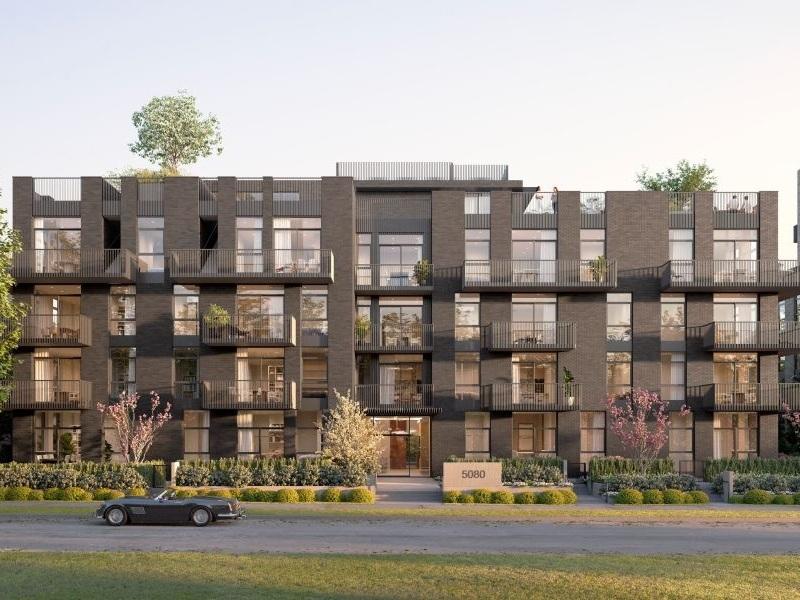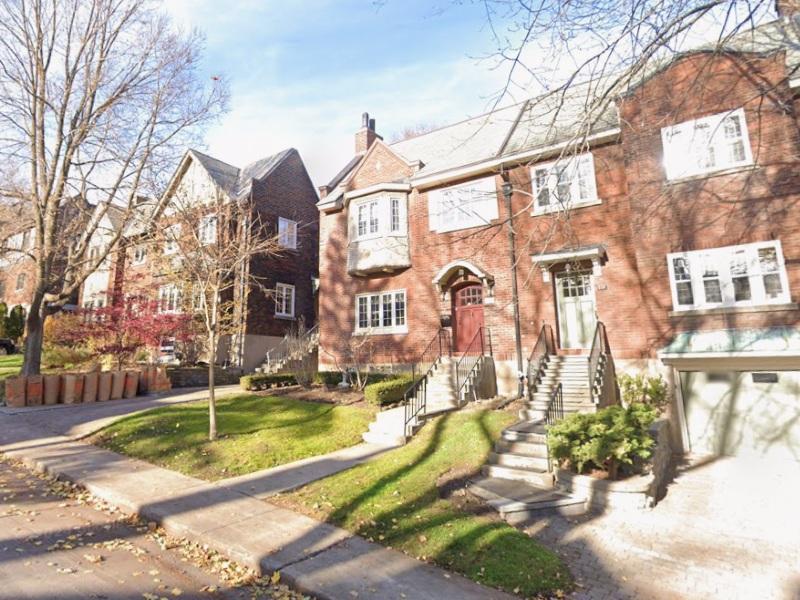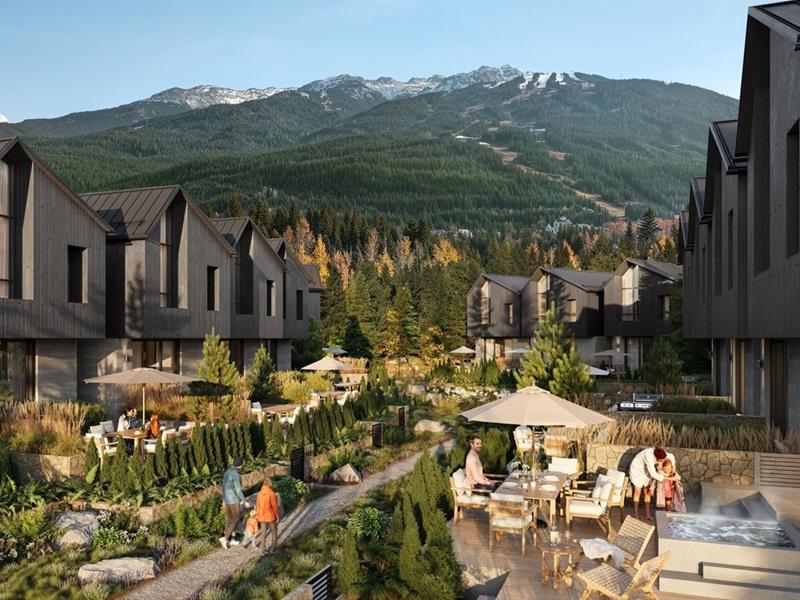
Low- and medium-density residential land sales haven’t escaped the southern Ontario housing market slump, but opinions and optimism differ somewhat on the near-term prospects for a recovery in the sector.
According to Colliers, 17 low-density sites totalling 357 acres have sold for $244 million in the Greater Toronto Area (GTA) this year. That compares to $467 million in volume last year and a 20-year high of $2.4 billion in 2017.
Thirty-four medium-density sites totalling 403 acres have sold for $411 million in the GTA this year compared to $675 million last year and a 20-year high of $1.7 billion in 2017.
“The market velocity has dropped substantially, and it's because the market follows residential home sales,” Jeremiah Shamess, executive vice-president of Colliers’ Private Capital Investment Group, told RENX.
Shamess believes the market is close to its low point, but he expects 2025 — and probably 2026 — to be among the slowest years for low- and medium-density land sales in the last 15 years.
CBRE vice-chairman Mike Czestochowski painted a less gloomy picture in an interview with RENX.
“One of the bright spots in the market is ground-related residential land, both low- and medium-density,” he said. “Not so much for mid-rise, the six- to eight-storey stuff, but for small singles and townhouses.
“People still have faith. There have been some launches recently in Vaughan, Caledon and Stouffville with affordable product — I'll call it under $1.5 million — that did quite well.”
Recent CBRE deals and listings
CBRE brokered Minto’s $100-million acquisition of a 106-acre low- and medium-density residential site at 1500 Conlin Rd. E. in northeast Oshawa from a private family this year. The deal included an $80-million vendor take-back (VTB) mortgage.
The site provides the opportunity to develop between 260 and 344 single detached units, 148 townhouse units, a mixed-use block, two medium-density blocks, parks and open spaces. It also provides for a 7.5-acre block for a potential public elementary school and a one-acre block for community uses.
Another deal for a low-density residential land site in Vaughan, which received 10 offers, is under contract and expected to close early in 2026.
“The face number adjusted slightly from a few years ago and the terms are a little bit more aggressive than they would have been three years ago, but we had great activity and all from brand-name recognizable buyers that no doubt can write the cheque,” Czestochowski observed.
“That shows me that, in that piece, you'll probably be in the ground in 18 months. You don't drop that kind of money without knowing that you could sell townhouses and houses in a couple of years.”
CBRE is currently marketing a 50-acre, low-rise residential land parcel on the west side of Humber Station Road in Bolton, northwest of Toronto. Although no development application was submitted, the vendor had a concept plan showing the capacity to develop upwards of 448 residential units.
York Region and Cambridge
Shamess said there’s been significant downward pressure on land pricing and many sites on the market are distressed with owners being forced to sell.
Zoned, well-connected infill sites in York Region, north of Toronto, are attractive because new townhouses and single-family homes are still selling in that area.
“There are a few examples of projects that went to market and were able to sell,” Shamess said. “Pricing is obviously down for the actual houses, but there are still sales there.”
Colliers brokered the almost $50-million sale of a 125-acre site in Cambridge, about 100 kilometres southwest of Toronto, last year from a private owner to Greybrook. It’s expected to accommodate at least 1,000 homes.
Colliers is marketing a few other primarily zoned sites on the periphery of Cambridge that have potential to be developed within five years.
“Buyers don't want speculative land that has no timeline as to when it will be zoned and able to be repurposed from agricultural to housing,” Shamess said. “Most buyers are looking for something they can get into the ground and build today and take advantage of the low construction costs that are occurring.”
Deal terms have changed
While Czestochowski said land prices have come down, bigger changes have been seen regarding transaction terms. Five-year VTB mortgages have increased in their loan-to-value ratios from 50 to 60 per cent a few years ago to 65 to 75 per cent, according to Czestochowski. The interest-free period has also been extended slightly.
The bigger the size of the site the better, Czestochowski added, noting it's harder to do a $10-million deal than a $110-million deal -- which attracts larger developers with economies of scale.
“As much as our government's trying to streamline the development process, it still takes a long time,” Czestochowski said. “So whether you're doing 10 acres or 110 acres, it's similar timing to market.”
Czestochowski is optimistic about the prospects of an improved transaction market in 2026 and hopes some land owners that have been holding on to properties will sell.
“I think reality is setting in for some of the people that own this land that maybe they have to adjust a little bit on price and a little bit more in terms, but there are still buyers,” he explained. “I think you'll see a couple of transactions occur in the next little while that will prove that.”
Czestochowski said the importance of having in-place zoning approvals varies from site to site.
“I don't know if it's worth the upside to take it through the process,” Czestochowski suggested. “I would let the developer that's going to build the homes deal with it.”
Build-to-rent projects being underwritten
Some small and medium-sized builders that have constructed townhomes or semi-detached houses and haven’t been able to sell them without dropping prices are renting them to derive revenue until the market turns around.
Others are underwriting low-density residential land sites specifically for build-to-rent projects.
“We've been working with a few groups to find partnership equity, and that's been the biggest hurdle to getting these projects built,” Shamess said. “The yield on cost for these projects is still not as high as some investors would like. It's sitting somewhere around five per cent.”










